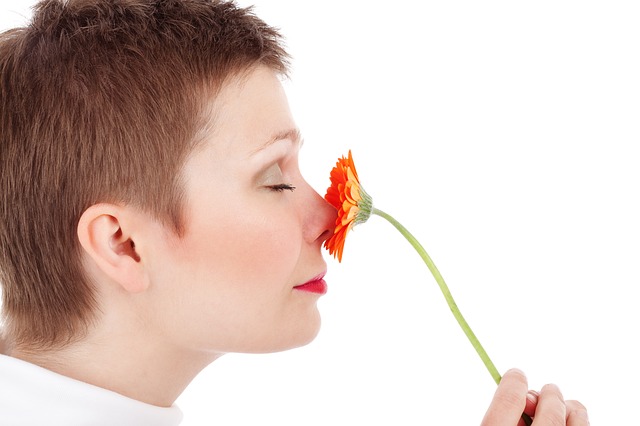 We know there are seven “basic” emotions, but aren’t there many more emotions?
We know there are seven “basic” emotions, but aren’t there many more emotions?
In fact, there is significant difference between what emotions we experience and how our faces are able to express these emotions. While mountains of previous research have settled on the existence of seven basic emotional expressions, ongoing research seeks to quantify exactly how many emotions there really are
Researchers at the University of California, Berkeley, attempted to do just that. In a recent study, psychologists ran an extensive analysis with over 800 participants, attempting to provoke and record their range emotional expressions.
Each participant was exposed to a selection from more than 2000 short video clips, intended to trigger various emotions. These videos ranged from beautiful nature shots and romantic weddings to macabre images of human suffering and natural disasters.
The first group was shown 30 of these videos and was asked to simply write out whatever emotions they felt, garnering a vast range of self-reported descriptions. Then, a second group, again exposed to a selection of videos, was asked to identify their emotions from a predetermined list. This list ranged impressively from anger or anxiety to romance or triumph, but sought to give some common ground between individual reports.
Interesting, about half of the second group selected the same emotions after watching the same videos.
Finally, a third cohort was asked to rank their emotional experiences on a nine-point scale after viewing a series of 12 videos. While analyzing all three of these results through statistical models, the study authors found significant overlaps between reactions to a given video. When compiling all of these overlapped reactions, they were able to settle on a spectrum of 27 shared emotions.
However, the study authors cautioned that these different emotions were not entirely distinct. Senior author Dr. Dacher Keltner pointed out that “there are smooth gradients of emotion between, say, awe and peacefulness, horror and sadness, and amusement and adoration.”
Long-time readers of this blog will note the potential conflict between this expansive view of 27 emotions and the more limited view of seven universal basic emotions.
But, as Humintell’s Dr. David Matsumoto clarifies, this question is solved by distinguishing between experienced emotions and nonverbal expressions of these emotions. While we can feel a huge range of emotions, there are only so many facial expressions that humans universally use to express them.
Dr. Matsumoto’s distinction also explains another difference between emotions and expressions. The seven universal emotional expressions are distinct, separate categories. For example, the emotional combination of sadness and anger does not have a universal facial expression. On the other hand, emotions, as Dr. Keltner explained, are not so categorically distinct. Sadness and anger can overlap, making emotions more scalar and continuous than simply categorical.
To learn more about recognizing emotions and emotional expressions, check out Humintell’s training tool here!
 If something smells awful, it’s because it’s disgusting, right? Maybe, but the truth is a little bit more complicated.
If something smells awful, it’s because it’s disgusting, right? Maybe, but the truth is a little bit more complicated. Could happiness be a purchasable commodity like any other?
Could happiness be a purchasable commodity like any other?